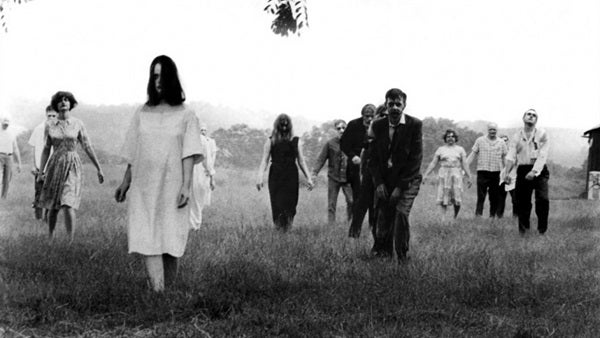The paper this article is based on was published online by the authors as an April Fool’s joke.
Worlds with zombies may have signatures in the atmosphere that could be detectable with today’s technology. Research suggests that an abundance of hydrogen sulfide gas in the atmosphere could reveal worlds where the undead thrive, ensuring that humans can avoid them as they venture outside the solar system. If zombie apocalypses are common, it could answer the question of why Earth has not yet been contacted by extraterrestrial species.
By examining how gases such as hydrogen sulfide would appear in the atmosphere, two scientists have come up with a way to readily identify such worlds.
“If you have all of those gases in the atmosphere as strong signals, it means the biomass is dying off very, very quickly,” said Stephen Kane, an exoplanet scientist at San Francisco State University in California. Kane and his colleague Franck Selsis, of the Laboratoire d’Astrophysique de Bordeaux in France, modeled how studying the atmosphere of an exoplanet might reveal a swarm of the undead on the surface.
“That means, of course, that there’s been a zombie apocalypse.”
The science of zombieism
Although the research started off as a laugh over drinks, the pair dug into the science like zombies into a plate of brains.
“We put so much science into it,” Kane said.
As zombie bodies decayed and released gases, they considered how much biomass would be required to create a detectable signature.
While most exoplanet atmosphere models focus on molecules such as water and methane, they tend avoid gases like hydrogen sulfide, which Kane acknowledged could also come from geologic activity. Still, an apocalypse would create significantly more of the gas in a short period of time than could be produced by the planet alone.
Necrosignals currently fall outside the range of detectability. To improve this, the pair suggested a fleet of telescopes similar to NASA’s upcoming James Webb Space Telescope (JWST). Their paper called for “no fewer than 10 JWSTs”, though they noted that increasing the telescope size should make the hunt more effective. Operating together as a massive instrument, they would be able to identify necrosignals around the planets of the closest stars.
While they avoided citing other realistic scientific papers, they did include one: a model of how an infectious disease like zombieism would spread if an outbreak occurred as Hollywood predicts. That research concluded that an outbreak would wipe out humanity, Kane said.
“We put so much effort into writing that paper, sometimes we forgot that it was meant to be a joke,” Kane said.
Zombies: silencing the galaxy’s life
When most lifeforms die, their corpses cease to move. It has been hypothesized (mostly by George A. Romero), however, that in rare cases, a virus or other trigger could spur a reanimation. Zombie bites are thought to be highly contagious, with victims quickly reanimating following their demise. While no cases have been identified on Earth, cinemas and literature are both rife with examples of how an onset can rapidly lead to the collapse of civilization.
Kane and Selsis discussed the potential problems in a German bar one evening. It didn’t take long for them to realize that the presence of zombieism could solve the Fermi Paradox of why human’s haven’t heard from extraterrestrial life. Calculations reveal that planets throughout the galaxy should be capable of hosting habitable life, while Earth’s lack of contact with an evolved civilization suggests otherwise. But if extraterrestrial life contacted with a civilization afflicted by zombieism, the virus could quickly jump from one lifeform to another, with alien ships carrying it back to devastate the home planet.
“A lot of these zombie apocalypses start in one place,” Kane said. “As aliens travel between worlds, they pick up the virus and spread it to their own world.”
Amid discussions over sending humans to worlds outside of the solar system, he expressed concern that a mission could inadvertently target a planet dominated zombieism, a disease that can reanimate corpses.
“We need to identify those places and make sure it doesn’t spread here,” Kane said. “Otherwise we’ll come to the same fate as all of our alien colleagues.”
While the research is currently unfunded, Kane expressed hope of tapping into Department of Defense money, calling extraterrestrial zombieism “a matter of national security.”
The research, which was published on April 1, 2014 on the astronomy site arXiv, is particularly relevant today. Private companies such as SpaceX, led by billionaire Elon Musk, are looking to inhabit Mars, a plan that could one day lead to human exploration of worlds beyond the solar system.
“It’s foolhardy to do that before we know what we’re walking into,” Kane said. “Mr. Musk just has to be very careful about what he’s playing with, because there’s zombies out there, and they are out to get us.”










